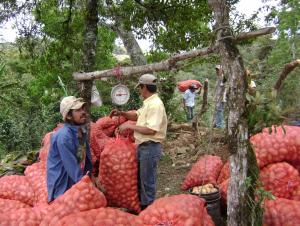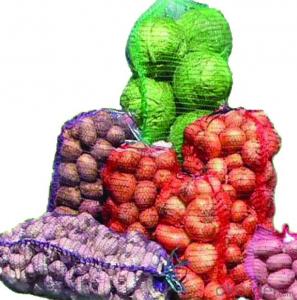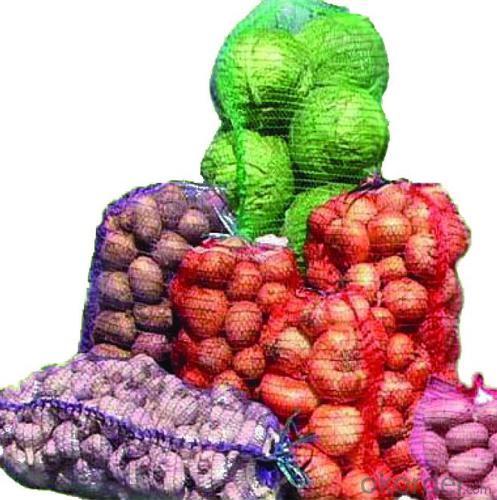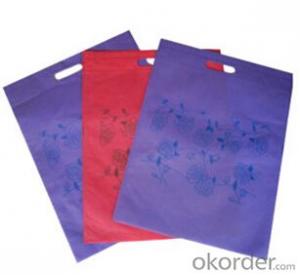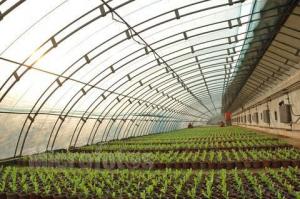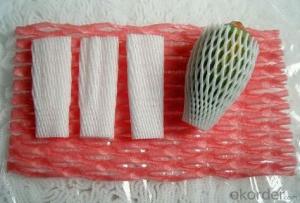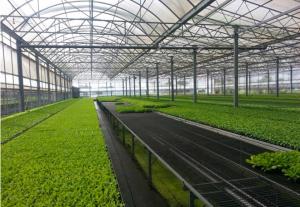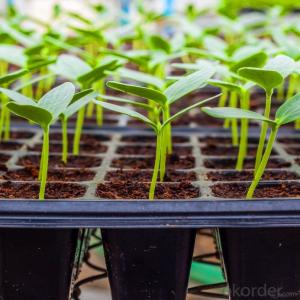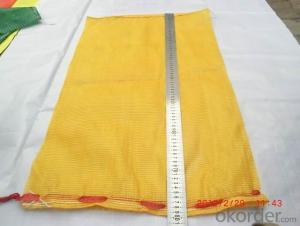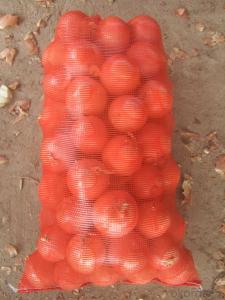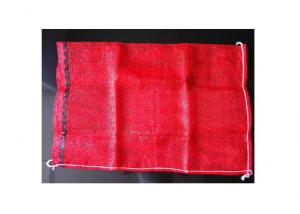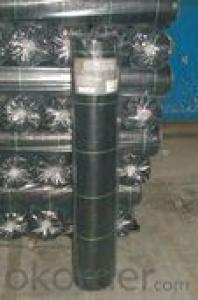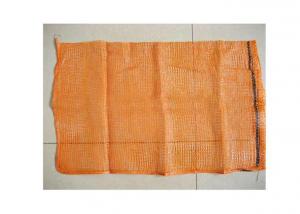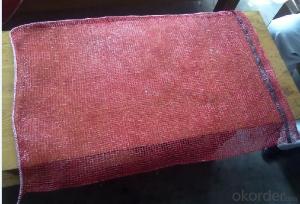Mesh bag for vegetables and fruits 50x80cm
- Loading Port:
- China Main Port
- Payment Terms:
- TT OR LC
- Min Order Qty:
- -
- Supply Capability:
- -
OKorder Service Pledge
OKorder Financial Service
You Might Also Like
Mesh Bag for vegetable and fruits .
It is weaved by Highdensity polyethylene (HDPE/PP), used as packing vegetable and fruit, such as onion, carrot, garlic, cabbage, lemon, pecans, etc.
1.What is your main products ?
Our main products are made from PE ,PP etc and could be used for agriculture and construction ,etc .
2.What is your payment term ?
We could accept TT ,LC.
3.What is your delivery time ?
The delivery time is around 30days per container, sometimes we have stocks .
Mesh Bag for vegetable and fruits .
Based on order, other weaves are also available.
Specifications:
Material : PE/PP
Weight: 17g/bag,18g/bag,22g/bag, any weight as demands.
Size: 50×80CM, 40×60CM,42X60CM,45×75CM, any size as demands.
Feature:
1) Top: hemmed /with drawstring or without handle is available
2) Bottom: sealed., single /double folded ,single.double
3) Capacity:bags with or without drawstring for packed weight from 1kg to 55kg
Packing: 2000pcs/bale,3000pcs/bale,6000pcs/bale,Or according your requests. Container capacity: 12tons/20GP, 23tons/40GP, 25tons/40HQ.
Application:used as packing vegetable and fruit, such as onion, carrot, garlic, cabbage, lemon, pecans, etc.
- Q: What precautions should be taken when dealing with plastic products used in agriculture?
- <p>When handling agricultural plastic products, safety measures include wearing protective gloves and clothing to prevent skin contact and irritation. Ensure proper ventilation to avoid inhaling fumes from heated plastics. Store plastics away from direct sunlight and heat sources to prevent degradation. Dispose of used plastics responsibly to minimize environmental impact. Regularly inspect equipment for wear and tear to prevent accidents. Educate workers on the correct handling and disposal of agricultural plastics to maintain safety and environmental standards.</p>
- Q: I have some Warhammer 40k figurines and i need to remove some enamel paint from them, will Denatured Alcohol Solvent hurt the plastic?
- This question gets asked a LOT. Look it up on Google and you'll find a dozen methods. A pure solution of Simple Green will work and some people use acetone-free nail polish remover (don't use acetone based!!) but I haven't tried that myself.
- Q: Not the paper labels. I don't need to know how to take off the sticky glue.I have a plastic container and it has the store's logo like painted? on. I think I can use acetone, but wouldn't that damage the plastic?Please help!
- Screen Printing On Plastic Bottles
- Q: Rather then asking people and shopkeers not to make use of the Plastic bags (or to charge more to discourage it from using it), wouldnt it be more effective if the government bans the manufacturing of such plastic things? at the manufacturing level?For they have to have trust in people as they will intially struggle but will change for good over a period of time..
- Currently in South Australia our plastic bags have change consistency. The bags now disintegrate at a much faster rate. Or we now can use material bags (green bags) which are washable and can be reused many times before needing to recycle them and buy new. I have been using reusable bags (20 years or so) even before they were brought in for the general public to use. The shops charge 10c for every plastic bag you buy to take your groceries home. Has that had an impact on their use - I don't know. It took quite a while for people to change their ways. There are now more people using the green bags' than plastic. But still the plastic is around. I don't know what was wrong with the original paper bags that we had when I was a child. They were reusable and bio-degradable. What will happen in the future? Only time will tell.
- Q: What are some ground cover options for areas with high salinity?
- Some ground cover options for areas with high salinity include saltbush, sea lavender, seashore paspalum, and alkali grass. These plants have adapted to tolerate and even thrive in salty conditions, making them suitable choices for such areas.
- Q: Can plastic bags be dealt with at present?
- Most of the materials can not be properly handled, and only some decomposable particles can be processed from them to degrade and reduce the space occupied by plastic waste. Therefore, it is still a threat to the environment
- Q: Can nursery trays be used for starting a herbaceous perennial garden?
- Yes, nursery trays can be used for starting a herbaceous perennial garden. Nursery trays provide a controlled environment for seedlings, allowing them to establish roots and grow before transplanting them into the garden. Using nursery trays can help ensure a successful start for herbaceous perennials and promote healthy growth.
- Q: What are the different types of plastic containers used in horticulture?
- Some of the different types of plastic containers used in horticulture include plant pots, nursery trays, seedling trays, hanging baskets, and grow bags. These containers are designed to provide optimal growing conditions for plants, promote proper drainage, and allow for easy transportation and handling in horticultural settings.
- Q: What types of plastic containers are used for storing agricultural chemicals?
- Plastic containers commonly used for storing agricultural chemicals include high-density polyethylene (HDPE) jugs, drums, and tanks.
- Q: What are the regulations regarding the use of agricultural plastic in various countries?
- <p>Yes, various countries have implemented regulations on the use of agricultural plastic to mitigate environmental impacts. In the European Union, the Directive 94/62/EC regulates the use of plastic materials in contact with food, while the Single-use Plastics Directive aims to reduce pollution. In the United States, the Food and Drug Administration (FDA) oversees the safety of food packaging, including agricultural plastics. China has strict regulations on the production and use of agricultural films, promoting biodegradable alternatives. Other countries may have specific guidelines or bans on certain types of agricultural plastics, reflecting a global trend towards sustainability and environmental protection.</p>
Send your message to us
Mesh bag for vegetables and fruits 50x80cm
- Loading Port:
- China Main Port
- Payment Terms:
- TT OR LC
- Min Order Qty:
- -
- Supply Capability:
- -
OKorder Service Pledge
OKorder Financial Service
Similar products
Hot products
Hot Searches
Related keywords
